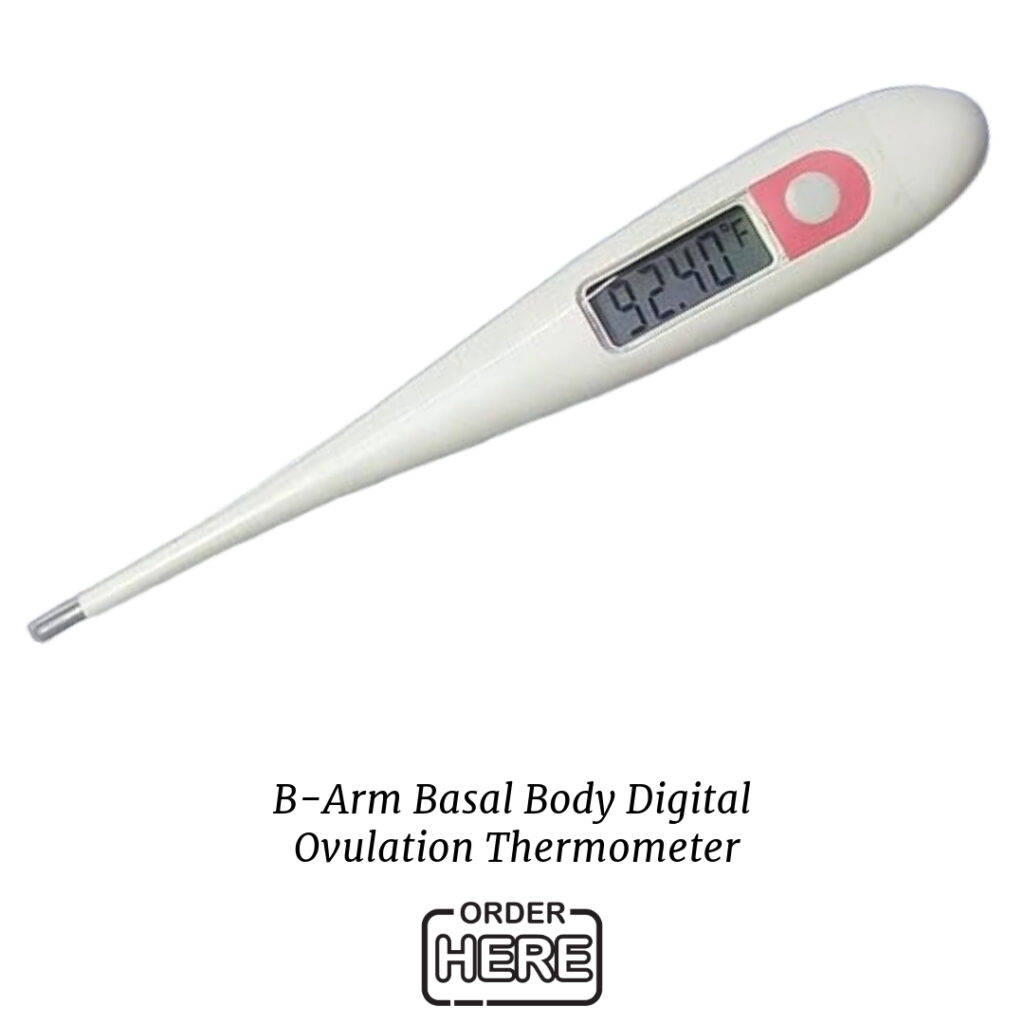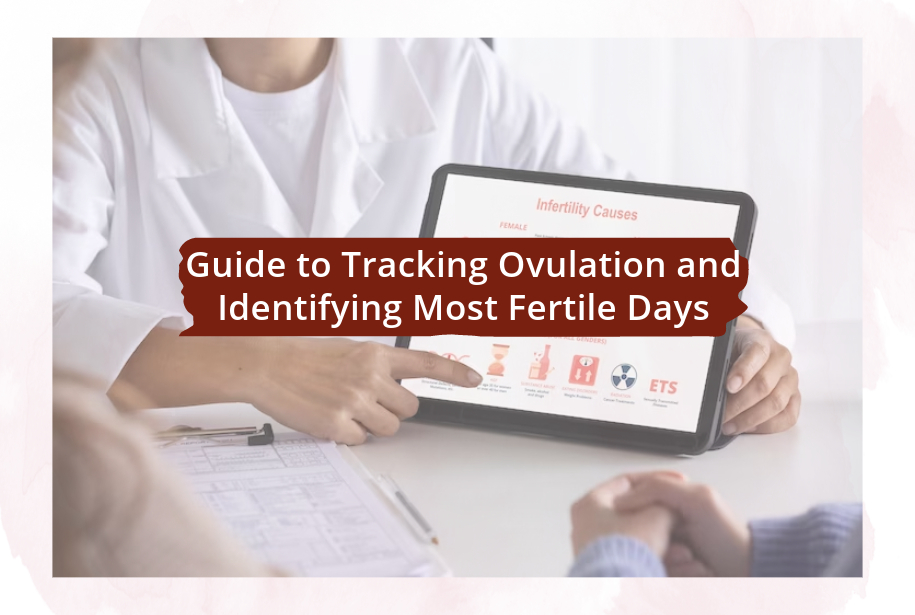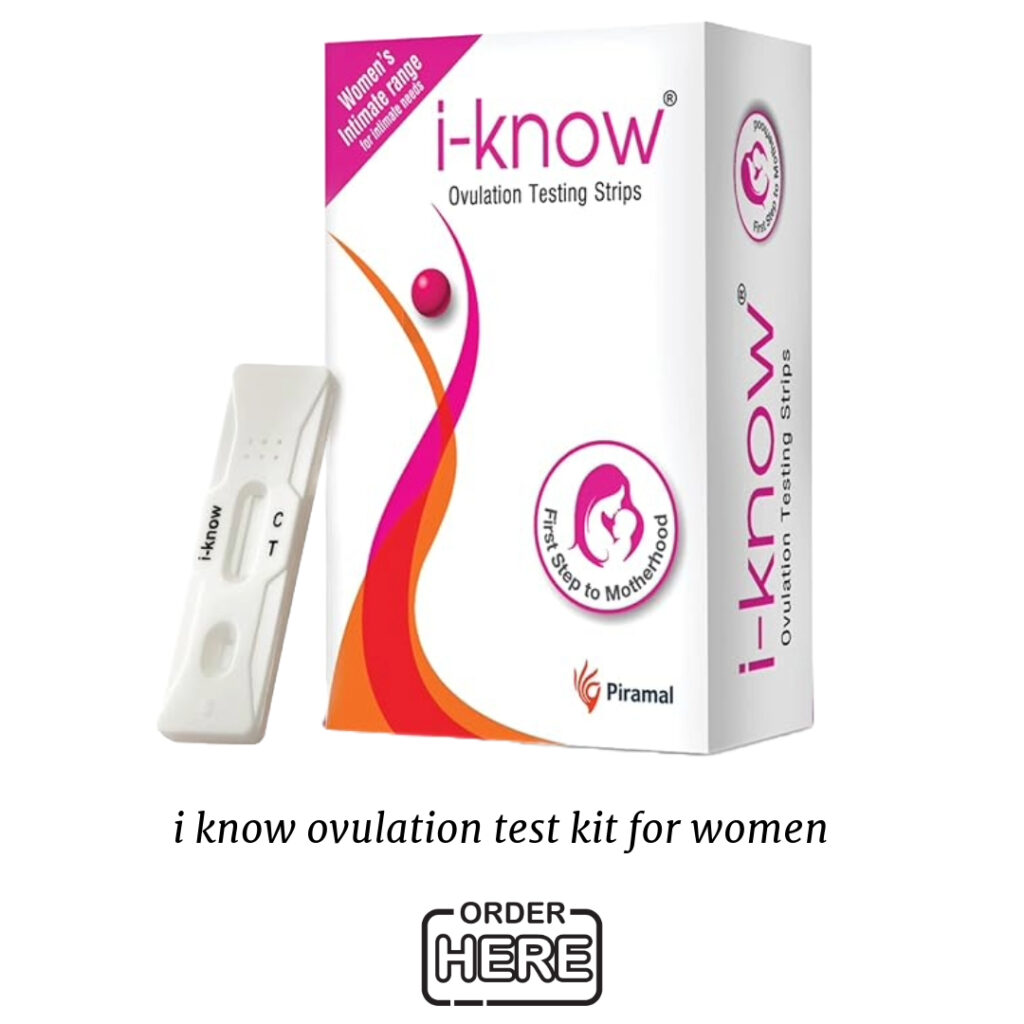For individuals or couples on the path to parenthood, understanding the intricacies of the menstrual cycle and pinpointing the most fertile days can significantly enhance the chances of conception. Tracking ovulation is a key aspect of this journey, as it allows for optimal timing of intercourse during the fertile window when the likelihood of pregnancy is highest. In this comprehensive guide, we will explore the fundamentals of ovulation, methods to track it effectively, and practical tips for identifying and maximizing your most fertile days.
Understanding Ovulation
Ovulation is a pivotal event in the menstrual cycle, representing the release of a mature egg from the ovaries. This process typically occurs around the middle of a woman’s menstrual cycle, approximately 14 days before the start of the next menstrual period. While the menstrual cycle duration can vary among individuals, with the average cycle lasting 28 days, ovulation generally occurs on or around day 14.
The fertile window, however, extends beyond the day of ovulation. Sperm can survive in the female reproductive tract for up to five days, and the released egg remains viable for about 24 hours. Therefore, the fertile window spans approximately six days, starting five days before ovulation and concluding on the day of ovulation itself.
Accurately tracking ovulation and identifying the fertile window empowers individuals and couples with valuable information for optimizing their chances of conception.
Methods to Track Ovulation
Several methods can be employed to track ovulation, catering to diverse preferences and lifestyles. Understanding these methods and incorporating them into your routine can provide valuable insights into your menstrual cycle and fertility.

- Basal Body Temperature (BBT) Charting:
- BBT charting involves taking your body temperature each morning before getting out of bed.
- A slight rise in basal body temperature occurs after ovulation, indicating that ovulation has occurred.
- Specialized BBT thermometers are available for accurate readings.
- Ovulation Predictor Kits (OPKs):
- OPKs detect the surge in luteinizing hormone (LH) that precedes ovulation.
- These kits are similar to home pregnancy tests and are convenient for at-home use.
- Following the instructions carefully is essential for accurate results.
- Cervical Mucus Monitoring:
- The texture and consistency of cervical mucus change throughout the menstrual cycle.
- As ovulation approaches, cervical mucus becomes clear, slippery, and stretchy, resembling egg whites.
- Monitoring these changes can help predict fertile days.
- Menstrual Cycle Tracking Apps:
- Numerous smartphone apps are designed to help track menstrual cycles and predict ovulation.
- These apps often incorporate data on menstrual flow, basal body temperature, and other relevant factors to predict fertile days.
- Ovulation Calculators:
- Online ovulation calculators use information about your menstrual cycle to estimate the likely days of ovulation.
- While convenient, these calculators may not be as accurate as other methods.
- Fertility Awareness Method (FAM):
- FAM involves combining various fertility indicators, such as BBT, cervical mucus, and calendar tracking.
- This holistic approach provides a comprehensive understanding of the menstrual cycle and fertile days.
Practical Tips for Tracking Ovulation
- Consistency is Key:
- Whichever method you choose, consistency is crucial for accurate results.
- Record your observations or test results daily and establish a routine that works for you.
- Understand Your Cycle:
- Familiarize yourself with the typical length of your menstrual cycle.
- Ovulation generally occurs around the midpoint of the cycle, but individual variations exist.
- Combine Methods for Precision:
- For a more comprehensive understanding, consider combining multiple tracking methods.
- Combining BBT charting with OPKs or cervical mucus monitoring can provide a more accurate prediction of fertile days.
- Seek Professional Guidance:
- If you encounter challenges or inconsistencies in tracking ovulation, consider seeking guidance from a healthcare professional or a fertility specialist.
- They can provide personalized advice based on your unique circumstances.
Identifying Your Most Fertile Days
Once you’ve successfully tracked ovulation, identifying your most fertile days becomes the next crucial step. Understanding when conception is most likely can guide the timing of intercourse, optimizing your chances of achieving pregnancy.
- Prioritize Days Leading Up to Ovulation:
- Since sperm can survive in the female reproductive tract for up to five days, targeting the days leading up to ovulation is essential.
- Begin intercourse a few days before the expected ovulation date to maximize the chances of sperm being present when the egg is released.
- Focus on Ovulation Day:
- The day of ovulation is considered the peak of fertility.
- Engaging in intercourse on this day increases the likelihood of sperm meeting the egg, enhancing the chances of successful fertilization.
- Consider the “Sperm Meet Egg Plan”:
- The Sperm Meet Egg Plan is a method that involves having intercourse every other day during the fertile window.
- Starting a few days before expected ovulation and continuing until a day or two after can increase the likelihood of conception.
- Maintain a Healthy Lifestyle:
- Beyond tracking ovulation, maintaining a healthy lifestyle is vital for overall reproductive health.
- A balanced diet, regular exercise, stress management, and avoiding harmful substances contribute to optimal fertility. Click here to read our specific blog on Fertility
Conclusion
Mastering the art of tracking ovulation and identifying your most fertile days is a valuable skill for those on the journey to parenthood. By understanding the intricacies of your menstrual cycle, utilizing effective tracking methods, and implementing practical tips, you can empower yourself with the knowledge needed to optimize your chances of conception.
Remember that fertility is a unique and individualized experience, and patience is key. If you encounter challenges or have concerns about your fertility, seeking guidance from healthcare professionals or fertility specialists can provide tailored advice and support. Ultimately, by taking an active role in understanding and tracking your fertility, you are enhancing your ability to navigate the exciting and fulfilling journey toward parenthood.







